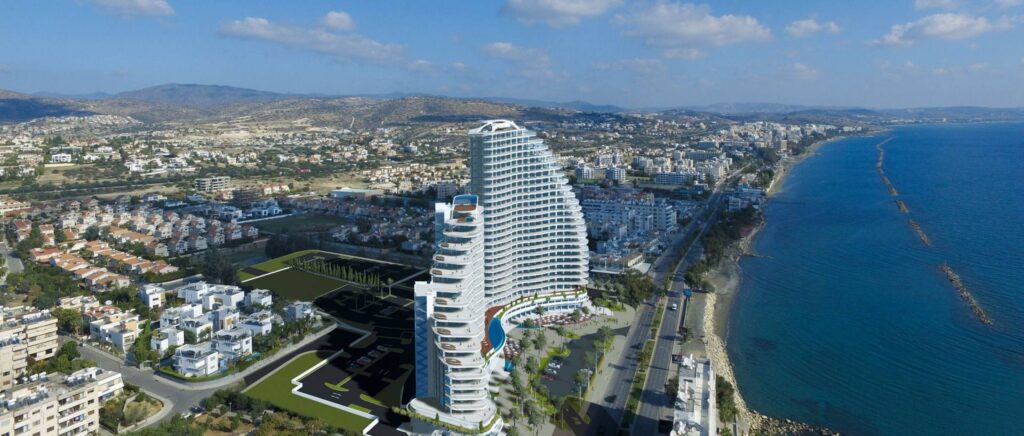The City with a Rich History
Limassol, a city located on the southern coast of Cyprus, has a rich and diverse history that dates back to ancient times. The city has been inhabited for over 4,000 years, and its history is marked by various civilizations and rulers who have left their mark on the city.
The Bronze Age
The earliest known settlement in Limassol dates back to the Bronze Age, around 2000 BC. The city was an important trading centre during this time, as it was situated on the trade routes between the Middle East and Europe. The Phoenicians, who were known for their seafaring and trading skills, established a settlement in Limassol around 800 BC.
Limassol Under Ancient Greeks
In the 4th century BC, Limassol came under the control of the ancient Greeks, who established a colony in the city. During this time, the city flourished as a centre of trade and culture. The Greeks built a theatre and other important structures in the city, some of which can still be seen today.
Limassol Under the Romans
Limassol was later ruled by the Romans, who made significant contributions to the city’s infrastructure and architecture. The Romans built roads, aqueducts, and public buildings, which helped to further develop the city as an important centre of trade and commerce.
The Byzantine Empire
In the 7th century AD, Limassol came under the control of the Byzantine Empire. The Byzantines fortified the city and built a castle to protect it from Arab raids. The castle, known as Limassol Castle, still stands in the city today and is a popular tourist attraction.
Limassol Under the Lusignans Dynasty
During the medieval period, Limassol was ruled by the Lusignan dynasty, who were Crusader kings. The Lusignans built churches, palaces, and other important buildings in the city, many of which still stand today. The city thrived under Lusignan rule, becoming an important centre of trade and culture in the eastern Mediterranean.
Limassol Ruled by the Ottoman Empire
In the 16th century, Limassol came under the control of the Ottoman Empire. The Ottomans made significant changes to the city’s architecture and infrastructure, including the construction of mosques and public baths. The city remained under Ottoman rule for nearly 300 years, until it was ceded to the British Empire in 1878.
Under British Rule
Under British rule, Limassol experienced significant modernization and development. The British built schools, hospitals, and other important institutions in the city, and also established a thriving port, which further boosted the city’s economy.







Limassol Today
After gaining independence in 1960, Limassol continued to grow and develop as an important centre for trade, tourism, and industry. The city’s population grew rapidly, and new neighbourhoods, hotels, and commercial areas were built.

Today, Limassol is the second-largest city in Cyprus and a major centre for tourism, trade, and commerce. Its rich and diverse history is evident in its many historic buildings, churches, and archaeological sites, which attract visitors from around the world.



very informativeeee